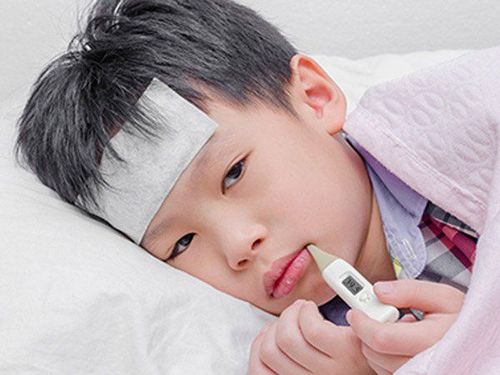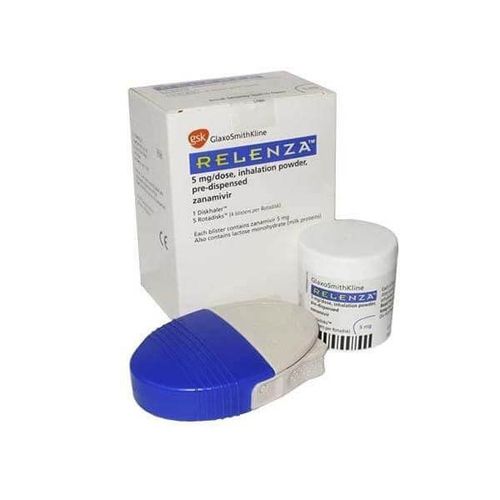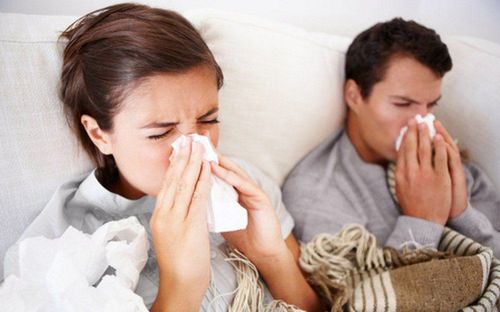This is an automatically translated article.
Symptoms of influenza A H1N1 are usually fever, cough, runny nose, and mild sore throat. If detected and treated early, the patient's health will be stable. Hand washing, hygiene and vaccination are effective ways to prevent H1N1 outbreaks.
1. Pandemic strain of influenza A H1N1
Influenza A H1N1 - pandemic strain 2009, is a seasonal flu caused by the virus of the same name, which was also discovered in the year of the pandemic outbreak. Initially, scientists thought that this virus strain came from pigs and was different from the previous A (H1N1) strain, so they were also called swine flu. The H1N1 epidemic broke out strongly in 2009 with a very fast spreading speed.
Vietnam recorded the first case on May 26, 2009 and continued to have a strong outbreak in the last months of the year. After drastic implementation of prevention measures, the H1N1 epidemic was repelled in the early 2010s. By July 2010, our country had basically controlled the A H1N1 flu epidemic on a national scale.
From 2010 up to now, 2009 H1N1 flu virus along with other seasonal influenza viruses have circulated regularly and widely in many countries and regions around the world, including Vietnam. Annual key surveillance data show that about 10% of influenza patient samples are positive for virus A (H1N1). Most recently, on February 5, 2020, the Health Department of Dien Bien province also reported that 2 samples were positive for influenza A (H1N1). The results of genetic analysis research show that the 2009 strain of influenza A H1N1 virus has not yet had genetic variation.
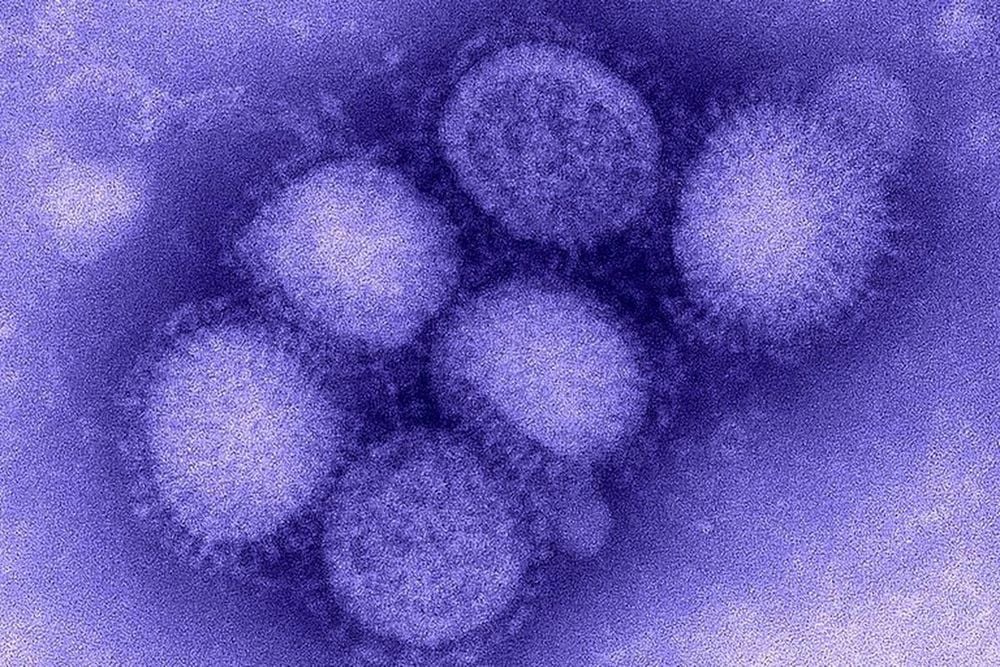
Hình ảnh virus cúm A(H1N1)
Although not as dangerous as avian influenza strains H5N1 and H7N9 , but people infected with influenza A H1N1 or other seasonal influenza viruses can also develop superinfection, severe pneumonia, even multi-organ failure and life-threatening if pre-existing chronic illness. Every year around the world, about 250-500,000 deaths due to influenza in general are recorded.
2. Characteristics of the A H1N1 . epidemic
Like the way the common cold spreads, the H1N1 flu virus can be easily transmitted from person to person through tiny droplets when an infected person coughs, sneezes, laughs or talks. A person can also get the flu virus if they touch a used surface or tissue that has the virus on it, and then touch their nose, mouth, or eyes. Sharing personal items, such as drinking glasses or toothbrushes, with an infected person can also spread H1N1 disease.
Common features that help identify H1N1 epidemics include:
High rate of disease due to its ease of transmission; Can quickly become a pandemic; The mortality rate is low, only 1 - 4%; People infected with the H1N1 influenza virus can transmit the disease for up to 1 day before the onset of illness and for 7 days after symptoms appear; This virus strain will be destroyed at temperatures above 70°C. When infected with H1N1 flu, people often have symptoms similar to seasonal flu, such as:
High fever over 38°C and chills;

Người bệnh xuất hiện triệu chứng sốt cao kèm theo ớn lạnh
Sore throat and sore throat; Headache; Body aches, muscle aches; Dry cough; Have a runny nose; Fatigue, body weakness; Diarrhea, accompanied by vomiting.
3. Prevention of H1N1 . flu
To prevent the H1N1 epidemic, the Department of Preventive Medicine under the Ministry of Health recommends that people follow the same measures as regular seasonal flu. Specifically:
Wash hands with soap and water frequently; Avoid touching your mouth, nose and eyes as much as possible; Cover your mouth and nose with your elbow or a towel when you cough or sneeze; Do not spit indiscriminately; Use physiological saline solution to disinfect the nose, throat and eyes daily; Avoid close contact with people who are sick or suspected of being infected; Eat enough nutrients to improve resistance; Exercise - regular sports help exercise; Regularly clean and wipe floors, as well as surfaces and objects that are easily touched on a daily basis, with a common cleaning solution;

Thường xuyên lau sạch sàn nhà và các bề mặt tiếp xúc giúp phòng ngừa cúm H1N1
Open the door to the living quarters, classrooms and offices; Cases of high fever with difficulty breathing should actively isolate, wear a mask and go to a medical facility for timely examination, advice and treatment, and prevent the spread in the family and community. In particular, the H1N1 epidemic now has a vaccine, people can actively vaccinate to prevent disease.
4. Efficacy of influenza A H1N1 . vaccine
In the face of potential outbreaks of A H1N1 disease, influenza vaccines have been produced and given to children 6 months of age and older, as well as to all adults. This vaccine originated from France, in addition to its ability to prevent H1N1 flu, it also prevents both influenza A (H3N2) and influenza B. Some characteristics of influenza A H1N1 vaccines are:
After vaccination. flu, the body's immune system will create antibodies to protect and prevent flu; Any component of the vaccine does not cause flu after it is given; Effective prevention of influenza virus strains contained in the vaccine will be effective after about 2-3 weeks; The flu vaccine cannot prevent viral strains of influenza that are not included in the vaccine; Vaccine immunity usually lasts about 6-12 months. In addition, influenza virus strains are diverse, spread rapidly, and often change over time. So everyone must get a booster shot of the flu vaccine every year; Influenza usually incubates for several days, so if a patient already has the virus at the time of vaccination, it is still possible to get sick after vaccination; The flu vaccine does not protect against colds with symptoms similar to those of the flu.
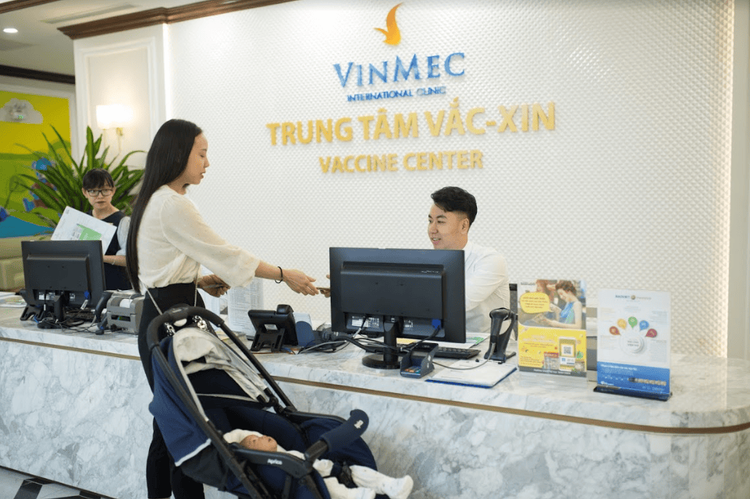
Tiêm chủng vắc-xin cúm đối với trẻ em từ 6 tháng tuổi trở lên, giúp trẻ ngừa cúm A H1N1 hiệu quả
In general, if you recognize and detect early signs of influenza A H1N1, patients can go to the hospital for timely treatment, thereby minimizing the mortality rate. All adults and children over 6 months of age should get vaccinated on time, with full doses and re-vaccination as recommended to proactively prevent H1N1 disease, as well as other infectious diseases.
To register for examination and treatment at Vinmec International General Hospital, you can contact the nationwide Vinmec Health System Hotline, or register online HERE.





